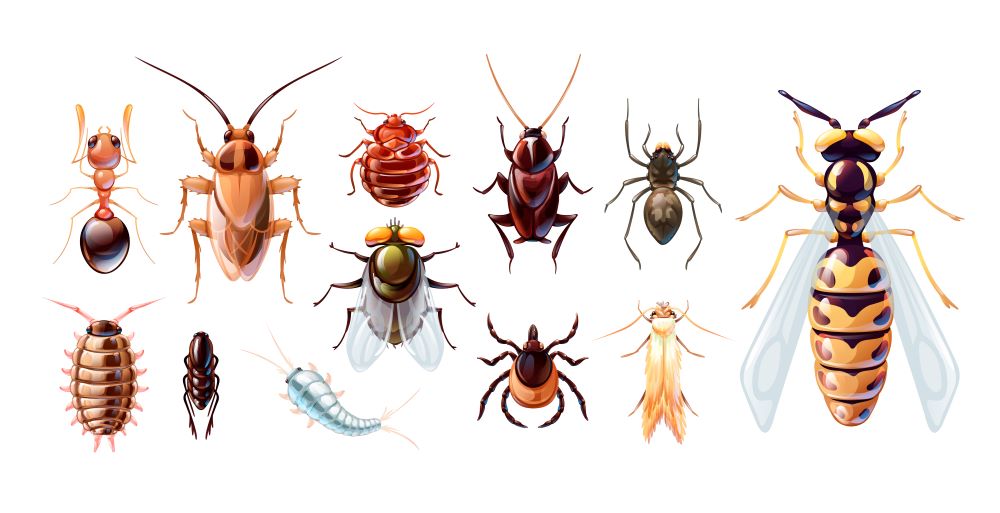It’s often said that understanding your enemy is half the battle won. In the context of household pests, this adage rings especially true. By familiarizing ourselves with the life cycles of these unwelcome guests, we not only gain insight into their behavior but can also devise effective strategies to tackle and prevent infestations. In this article, we’ll delve into the life stages of common pests like cockroaches, ants, and rodents, and discuss the benefits of partnering with professionals like Heath Pest Control to keep these critters at bay.
Cockroaches
- Egg: Female cockroaches produce egg cases known as oothecae. Each ootheca can contain numerous eggs, depending on the species. They are usually hidden in dark, secluded places.
- Nymph: Once hatched, baby cockroaches or nymphs emerge. These nymphs resemble smaller versions of adults but without wings. They undergo several molts, shedding their exoskeletons as they grow.
- Adult: Adult cockroaches are winged but not all species fly. They are nocturnal and can live several months, during which they reproduce multiple times.
Ants
- Egg: The ant life cycle begins with an egg. After mating, queen ants lay hundreds to thousands of eggs.
- Larvae: These eggs hatch into larvae, which are fed and cared for by worker ants. The larvae are legless and resemble tiny worms.
- Pupa: After a period of feeding, larvae transform into pupae. They appear somewhat like adults but are immobile and don’t eat.
- Adult: Once fully developed, the adult ant emerges. Depending on the species and role, it might be a worker, soldier, male, or queen.
Rodents (Focusing on Mice and Rats)
- Birth: Rodents are mammals, so they give birth to live young ones. A single litter can consist of multiple babies.
- Juvenile: Baby rodents are born blind and hairless. They are heavily dependent on their mother for warmth and nourishment.
- Adulthood: Within weeks, rodents mature and can reproduce. In ideal conditions, a single pair can lead to a significant infestation in a short time.
Why Understanding the Life Cycle Matters
By understanding the life stages of these pests, homeowners can better identify signs of an infestation and take action. For instance, finding an ootheca in your home is a clear indication of a cockroach problem. Similarly, spotting rodent pups means there’s a nest somewhere close.
Bringing in the Professionals: Heath Pest Control
While knowledge is power, eradicating pests can be a daunting task for homeowners. That’s where Heath Pest Control steps in. With years of experience in handling household pests, they not only help in eliminating the current problem but also offer preventive solutions to ensure your home remains pest-free.
Choosing a professional service like Heath Pest Control ensures:
- Effective Eradication: Using the latest tools and methods to deal with infestations.
- Safety: Ensuring that all treatments are safe for you, your family, and pets.
- Prevention: Offering guidance on keeping pests at bay in the future.
In conclusion, understanding the life cycle of common household pests equips you with the knowledge to identify potential threats. However, to truly tackle the problem, it’s often best to call in the experts. With Heath Pest Control by your side, a pest-free home isn’t just a dream; it’s a guarantee. Give us a call today!

